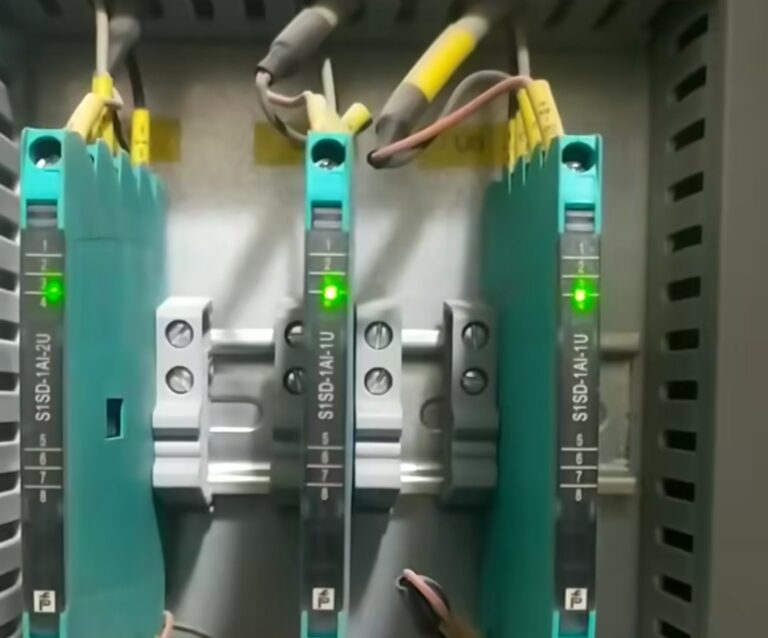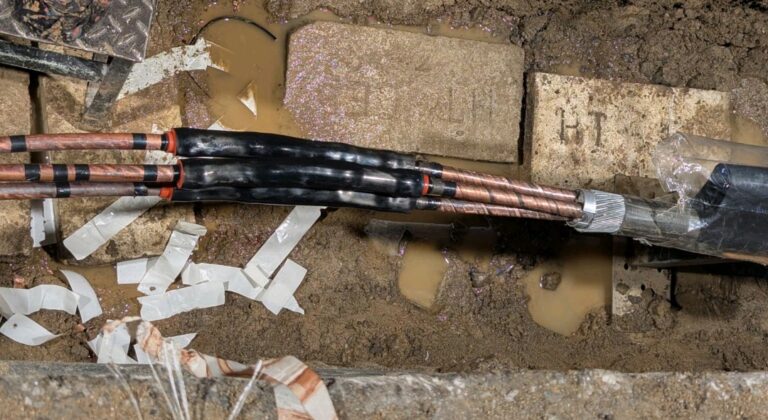Temperature Instruments and Their Ranges :-
1. Thermocouples :
– Range : -200°C to +2300°C (depending on the type)
– Types: – J,K,T,E,N,R/S,B
– Type J : -40°C to +750°C
– Type K : -200°C to +1250°C
– Type T : -200°C to +350°C
– Type E :-200°C to +900°C
– Type N : -200°C to +1300°C
– Type R/S : 0°C to +1450°C
– Type B : 0°C to +1800°C
– Applications : Industrial processes, high-temperature environments, and where a wide range is needed.
2. Resistance Temperature Detectors (RTDs) : – Range : -200°C to +850°C
– Types : – PT100 : -200°C to +850°C –
Applications : Laboratory measurements, precision temperature control, and environments requiring high accuracy.
3. Thermistors :
– Range : -100°C to +300°C
– Types :
– NTC (Negative Temperature Coefficient) : Commonly used for precise temperature measurement.
– PTC (Positive Temperature Coefficient) : Used for overcurrent protection and as resettable fuses.
– Applications: Consumer electronics, medical devices, and applications requiring high sensitivity.
4. Infrared Thermometers (IR):
– Range : -50°C to +3000°C (depending on the model)
– Applications : Non-contact temperature measurement, moving objects, and hazardous environments.
5. Bimetallic Thermometers:
– Range : -70°C to +600°C
– Applications : HVAC systems, industrial processes, and applications requiring mechanical simplicity and reliability.
6. Liquid-in-Glass Thermometers :
– Range : -200°C to +600°C
– Applications : Laboratory environments, calibration, and where electronic devices are not suitable.
7. Fiber Optic Temperature Sensors : – Range : -200°C to +300°C (some specialized versions can measure higher) – Applications : Electromagnetic interference environments, high-voltage areas, and where conventional sensors cannot be used.

